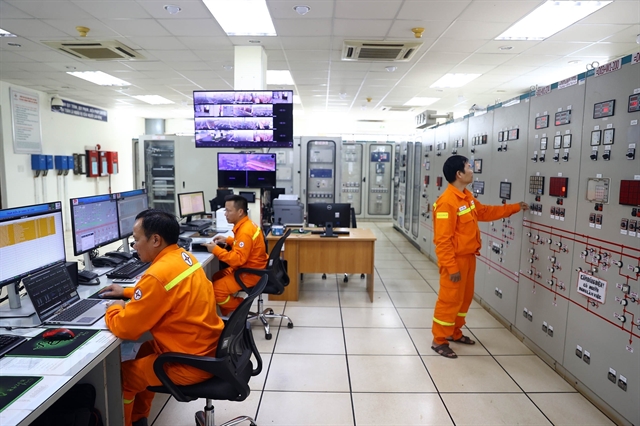




In 2024, Vietnam has maintained its position as the Republic of Korea's (RoK) third-largest trading partner, following China and the United States. Two-way trade between the two nations rose by 9.2%, reaching a total of $86.7 billion. Exports from RoK to Vietnam increased by 9.1%, amounting to $58.3 billion, while imports from Vietnam grew by 9.6%, totaling $28.4 billion. This resulted in a significant trade surplus for RoK, which stood at nearly $30 billion. Notably, semiconductor exports from RoK surged by an impressive 43.9%, contributing to a total of $129.2 billion in trade volume. Since 1992, the trade volume between the two countries has expanded over 150-fold, highlighting the deepening economic ties.
In addition to trade, RoK has emerged as the leading source of international visitors to Vietnam, with 4.1 million tourists recorded in 2024. This influx of tourists further strengthens the bilateral relationship and reflects the growing cultural and economic exchanges between the two nations.
The robust growth in trade and tourism comes at a time when Vietnam's retail e-commerce market is projected to exceed $25 billion by January 1, 2025, indicating a significant 20% increase from the previous year. E-commerce now accounts for over 60% of Vietnam’s digital economy, with nearly 725,000 organizations and individuals participating in this sector, contributing to a total transaction value exceeding VNĐ75 trillion. Tax revenue from e-commerce activities has also risen by 20% in 2024, reaching VNĐ116 trillion.
Ho Chi Minh City has reported a year-on-year increase of 11% in retail sales, reaching VNĐ567.98 billion (approximately US$22.36 million) as of December 17, 2024, driven by strategic measures to ensure the availability of essential goods, particularly in preparation for the Tết holiday. The city is actively promoting consumer spending amidst rising operational costs due to increased electricity prices.
Furthermore, Vietnam's Information and Communications Technology (ICT) industry is projected to generate VNĐ4.24 quadrillion (approximately US$166.7 billion) in 2024, reflecting a 13.2% increase from 2023. The government has set ambitious targets for the ICT sector, anticipating a revenue of VNĐ4.32 quadrillion in 2025, alongside a projected growth in the digital technology segment.
The interplay between Vietnam's expanding e-commerce sector, robust ICT growth, and strengthened trade relations with South Korea illustrates the dynamic nature of Vietnam's economy as it adapts to changing market conditions and consumer behaviors. [95e8e647][3b513d74][fa1ac68d][a0aef9bd][030ff774][7d9b845b]